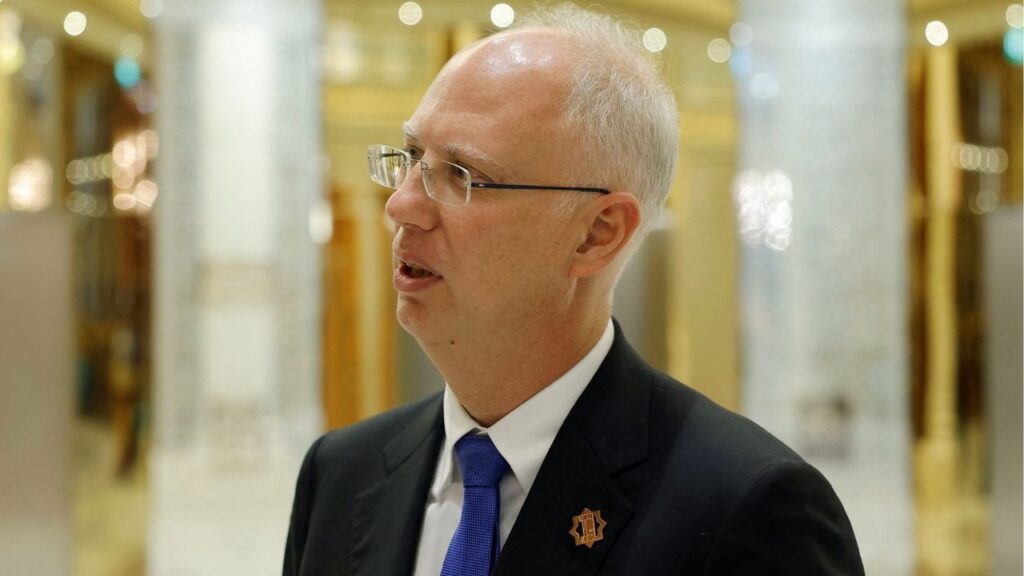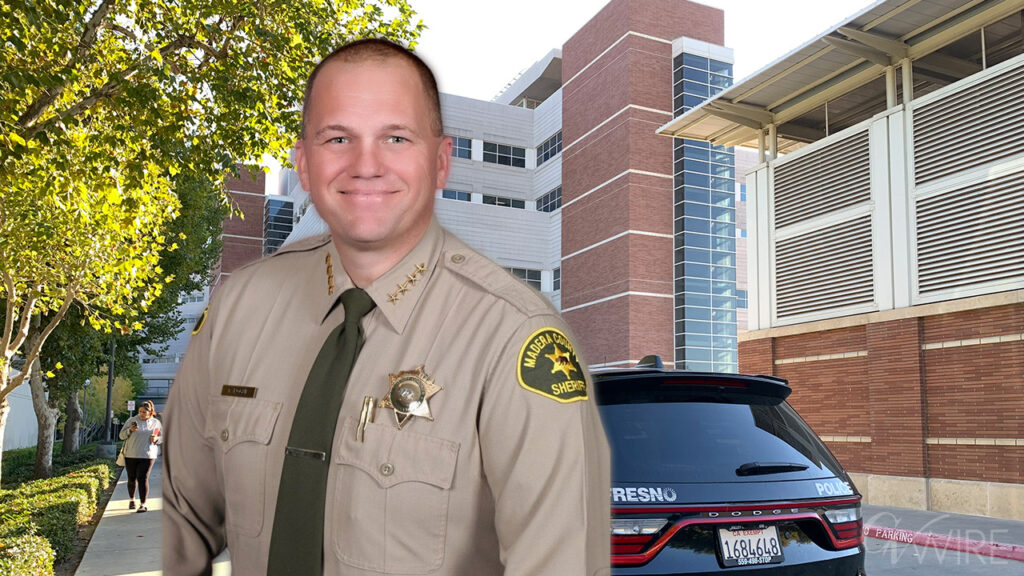Sacramento's growth over 50 years marred by missed opportunities and political conflicts, hindering regional development. (GV Wire Composite/David Rodriguez)

- Sacramento region's population soared from 1 million to 2.5 million in 50 years, now ranking as 28th largest metro area.
- Failed merger attempts in 1974 and 1990 prevented Sacramento from becoming a major U.S. city with significant influence.
- Lack of unified leadership led to missed chances for waterfront development and educational expansion in the region.
Share
|
Getting your Trinity Audio player ready...
|
Fifty years ago this month I moved to Sacramento and a few months later, just after Jerry Brown became governor, began covering politics for the long-defunct Sacramento Union newspaper.

Dan Walters
CalMatters
Opinion
I have lived in five different homes — soon to be six — and my workplaces have always been in downtown Sacramento, near the Capitol.
That experience, plus research for my 1985 book on California megatrends, forms the background of some observations about the Sacramento region’s evolution. So here goes:
In 1974 the six-county region (Sacramento, Yolo, Yuba, Placer, Sutter and El Dorado) was home to barely a million people. However it was on the cusp of explosive growth, as was the entire state, thanks to a wave of migration and a baby boom. Today the region has about 2.5 million residents, making it the nation’s 28th largest metropolitan region, equal to the Las Vegas and Austin, Texas areas.
Much of the growth has been in Sacramento’s suburbs, so the city now contains just a fifth of the region’s population and has ceased to be its economic center, while jobs and businesses have flourished in the suburbs.
As the local economy evolved from state and federal government employment — including four large military bases — into technology and other fields, voters had two opportunities to merge the city with what were mostly unincorporated communities in Sacramento County.
Merger would have made Sacramento the nation’s seventh or eighth largest city, with the economic and cultural clout that comes with size. But voters rejected both proposals, one in 1974, the other in 1990, and several suburbs incorporated into cities.
Related Story: California’s Water Crisis Deepens as San Joaquin Valley Sinks
Political Conflicts and Missed Opportunities
The consolidation failures reflected historic economic and political conflicts between the city and its suburbs which today still undermine cooperative policymaking and are visible in chaotic responses to the ever-growing homelessness crisis and the perpetual wrangling over transportation issues.
Glen Sparrow, who headed the 1974 consolidation effort, later blamed Sacramento’s “civic gentry” — its long-dominant families — for torpedoing its passage because they didn’t want Sacramento to grow.
The 1990 effort died because suburban voters saw city officials as incompetent ideologues, while Sacramento’s dominant Democrats feared that suburban Republicans would take control.
The failures blocked the city from controlling development outside its borders, and its downtown commercial district, once full of department stores, withered. It regained some momentum after the Sacramento Kings downtown basketball arena opened in 2016. But the proliferation of homeless encampments, a fatal gang shootout, a violent demonstration and the pandemic, which emptied state offices, erased much of that progress.
Meanwhile city government has become a model of dysfunction, with officials squabbling over mundane issues, chronic budget deficits and ceaseless conflicts with the county government, particularly over homelessness.
Related Story: Demography Drives Destiny and Right Now California Is Losing
Flubbed Opportunities for Regional Growth
The lack of cohesion means that Sacramento has flubbed opportunities to gain status among metro regions.
Two examples involve its unique positioning at the juncture of two major rivers, the Sacramento and the American.
Local officials blocked a canal that would have connected the Sacramento River to the channel that carries ocean-going ships to a Yolo County port and its lake, thereby missing an opportunity for spectacular waterfront development a la Southern California’s Marina del Rey.
While the city is redeveloping an old railyard adjacent to downtown, it could have done something truly special by redirecting some American River water through canals, emulating San Antonio’s famous Riverwalk.
A third is a failure to fully capitalize on the closure of McClellan Air Force Base in the 1990s. While the base has undergone a workable conversion to civilian use, its unique facilities also could have become another campus of the California Polytechnic State University, fueling off-campus technology businesses.
Regions prosper when they have united and visionary leadership — such as North Carolina’s Research Triangle. Sacramento lacks that vision.
About the Author
Dan Walters has been a journalist for nearly 60 years, spending all but a few of those years working for California newspapers. He began his professional career in 1960, at age 16, at the Humboldt Times. CalMatters is a public interest journalism venture committed to explaining how California’s state Capitol works and why it matters. For more columns by Dan Walters, go to calmatters.org/commentary.
Make Your Voice Heard
GV Wire encourages vigorous debate from people and organizations on local, state, and national issues. Submit your op-ed to bmcewen@gvwire.com for consideration.
RELATED TOPICS:
Categories

Merced Police Cite Two in Alcohol Sting Operation

















